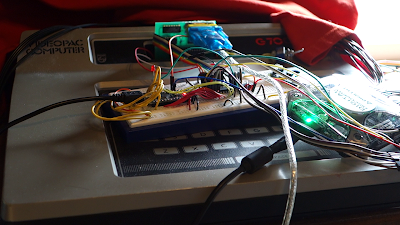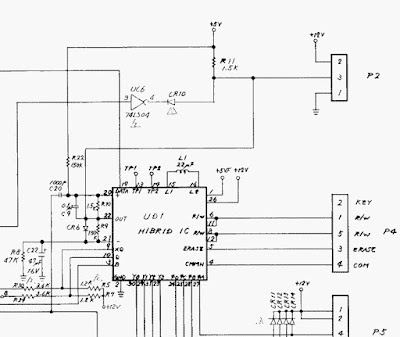Reverse engineering PCBs with KiCAD 7
In this Article we will be looking at replicating a PCB using KiCAD 7, and it's new Background Bitmap image feature. With the bitmap image feature it is much easier to replicate PCB designs. Before I have used sprint layout and kicad in a complicated process. Capturing images A scanner is hands down the best tool you can use for getting a good result. You can use a camera for smaller boards, but for larger boards you quickly run into problems. Image scaling Because KiCAD 7 not yet have separate x/y scaling, and x and y scaling is not equal usually, you have to scale them separately in a photo editor, like GIMP. When the image is loaded, set the DPI of the image to the same as the settings of the scanner. It is usually 600, but sometimes 1200 (or even 300). When you have set the correct DPI, the ruler tool should yield distances close to the real thing. Find two points on the board in the X direction that you know the distance of. Use the (GIMP) ruler tool to measure them. Take not...





